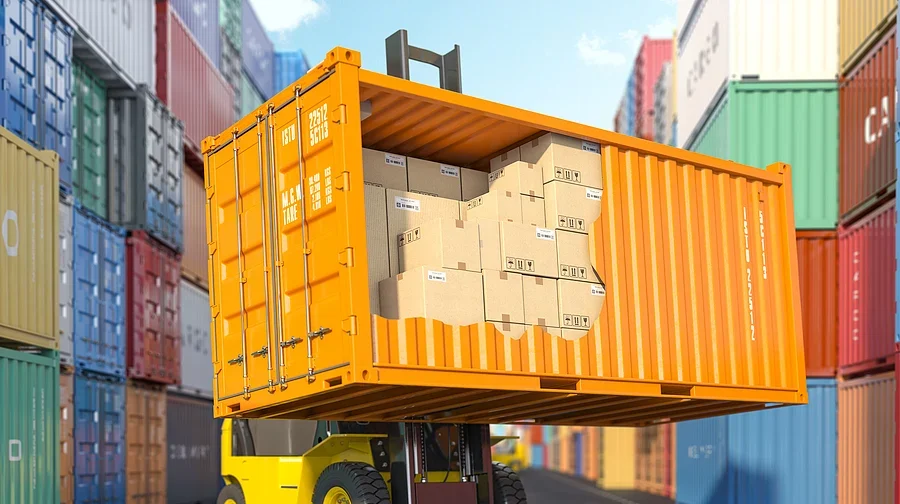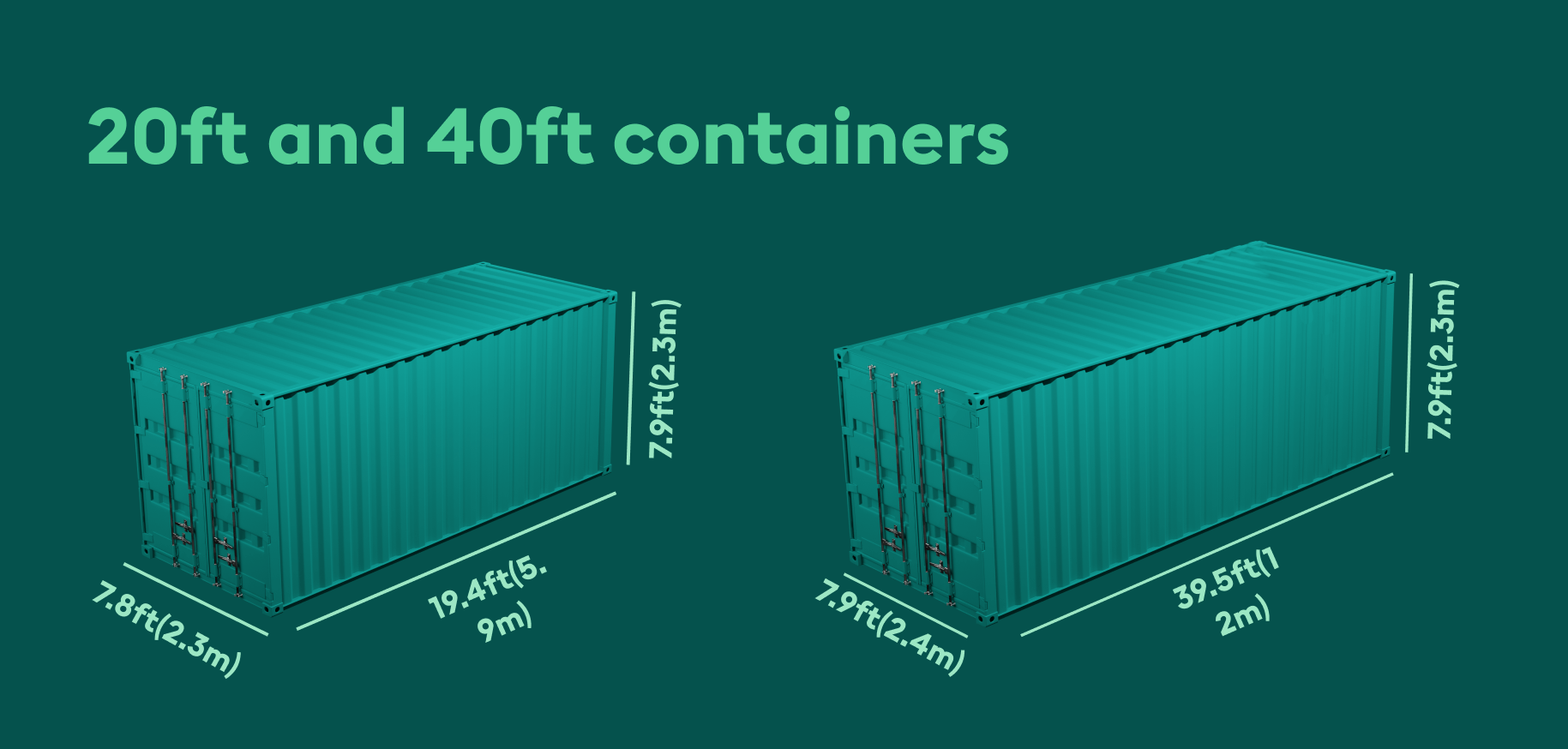
In the field of international logistics, the size and capacity of containers are crucial factors in planning and executing the transportation of goods. Understanding these dimensions is not only vital for ensuring the safe transit of cargo but also helps in optimizing transportation costs and efficiency. In this blog post, we will delve into the various sizes and capacities of containers and how they impact international logistics and cargo transportation.
The standardization of container sizes has made global trade more efficient. The most common sizes are the 20-foot and 40-foot-long containers, but there are other sizes and types for specific needs.
Standard Dry Containers
20-foot Containers: Standard length of 19.5 feet (about 5.9 meters), width of 7.8 feet (2.3 meters), and typical height of 7.9 feet (2.4 meters).
40-foot Containers: These containers are double the length of the 20-foot containers, with the same width and height.
High Cube Containers
40-foot High Cube Containers: Same length as standard 40-foot containers but with an increased height of 9.5 feet (2.9 meters), designed to accommodate larger volume cargo.
Specialized Containers
Including open-top, flat rack, and refrigerated containers, used for transporting special types of cargo such as over-height, over-width, or temperature-controlled goods.

The capacity of a container directly affects its loading capability. For example:
20-foot Containers: Have a capacity of about 33 cubic meters (approximately 1,172 cubic feet).
40-foot Containers: Have a capacity of about 67 cubic meters (approximately 2,390 cubic feet).
40-foot High Cube Containers: Offer larger capacity, around 76 cubic meters (approximately 2,700 cubic feet).
Choosing the right container size and type is crucial for ensuring efficient and cost-effective transportation of goods. For instance, for large-volume but lightweight cargo, opting for high-cube containers might be more economical. For heavy cargo, it's important to ensure the container's weight capacity meets the requirements.
Understanding the sizes and capacities of containers is fundamental for any company involved in international trade and logistics. Choosing the right container can maximize transportation efficiency, reduce costs, and ensure the safety of goods during global transit. As international trade continues to evolve, the demand and innovation in containers are also growing, which will further influence future trends in the logistics industry.

Wing Shipping offers various logisticssolutions for Chinese exports, including air,sea, and rail freight. We promote tradebetween China and the world, contributingto the development of your business.
Wing Shipping offers various logistics solutions for Chinese exports, including air, sea, and rail freight. We promote trade between China and the world, contributing to the development of your business.
Copyright 2024 Wing-Shipping. All Rights Reserved.